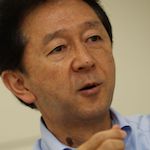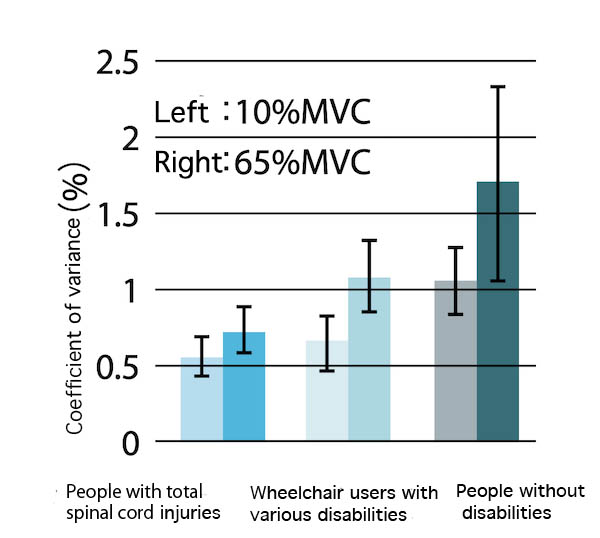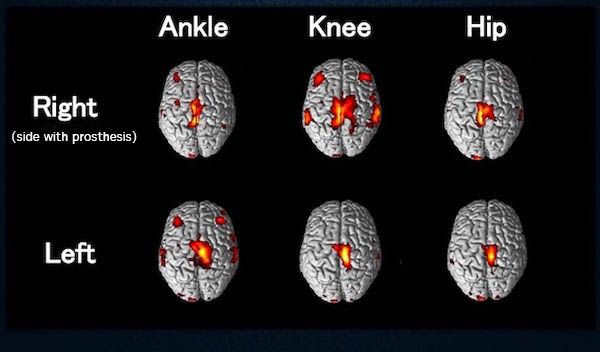How having a disability can spur the brain to develop new abilities Para-athletes and the potential diversity of human beings

Research, education and legacies related to the sporting event
The Olympic and Paralympic Games will be held in Tokyo for the first time in more than half a century. The University of Tokyo, which is also located in the metropolis, has a long history of involvement with the Games. As you learn about UTokyo’s contributions to this global sporting event, the blue used in the Olympic and Paralympic emblem may very well start to take on the light blue hue of the University’s school color.
| Rehabilitation Science |
How having a disability can spur the brain to develop new abilities
Para-athletes and the potential diversity of human beings
 Kimitaka Nakazawa Kimitaka Nakazawa Professor, Graduate School of Arts and Sciences |

Professor Kimitaka Nakazawa, a specialist in neurorehabilitation, first had the opportunity to study the brain activity of a Paralympic gold medalist in January 2016, when he visited a university pool in the United States as part of an NHK television program called “Chojin-tachi no Paralympic” [The superhuman Paralympians]. He was struck by what he could observe of the medalist’s swimming action. The athlete’s left arm, normally rendered immobile by cerebral palsy, was making large and impressive movements in the water.
“Normally on land, the athlete’s left arm would unconsciously seize up and become rigid because of the fear of falling — but in the water, where there was no danger of a fall, that rigidity was lost and normal movement restored. As the athlete put it: ‘In the water, I feel free.’ I thought if we could understand this mechanism, we might be able to apply it to rehabilitation treatments.”
Nakazawa’s studies revealed that although function in the area of the brain that normally controls the left arm was almost totally lost, other parts of the brain, which would normally control other limbs, were extremely active. This suggested the possibility that other parts of the brain might undergo hyper-development in para-athletes to compensate for the loss of function elsewhere. This prompted Nakazawa to run a series of tests with the cooperation of top athletes in a variety of para-sporting disciplines, including long jump, high jump and archery. In all cases, the data obtained from fMRI (functional magnetic resonance imaging) scans backed up the hypothesis. And there was something else, perhaps even more remarkable, that emerged from a study on power-lifting athletes.
“When we compared athletes with spinal cord injuries to athletes without disabilities, the para-athletes had better force modulation than people without disabilities — in other words, they were able to maintain a given force in the muscles of their upper limbs more stably. It seems likely that a change had taken place in the brain to compensate for the loss of functionality of their lower limbs, accelerated by rigorous daily training.”

In fact, the para-sports record for the bench press already exceeds that for athletes without disabilities, while in archery the record holder for the longest accurate shot is a para-athlete without both arms. Disabilities do not only deprive people of certain abilities — they can also lead to the compensating development of other abilities. Nakazawa’s research hints at the diverse potential of the human race.
* This article was originally printed in Tansei 40 (Japanese language only). All information in this article is as of March 2020.






